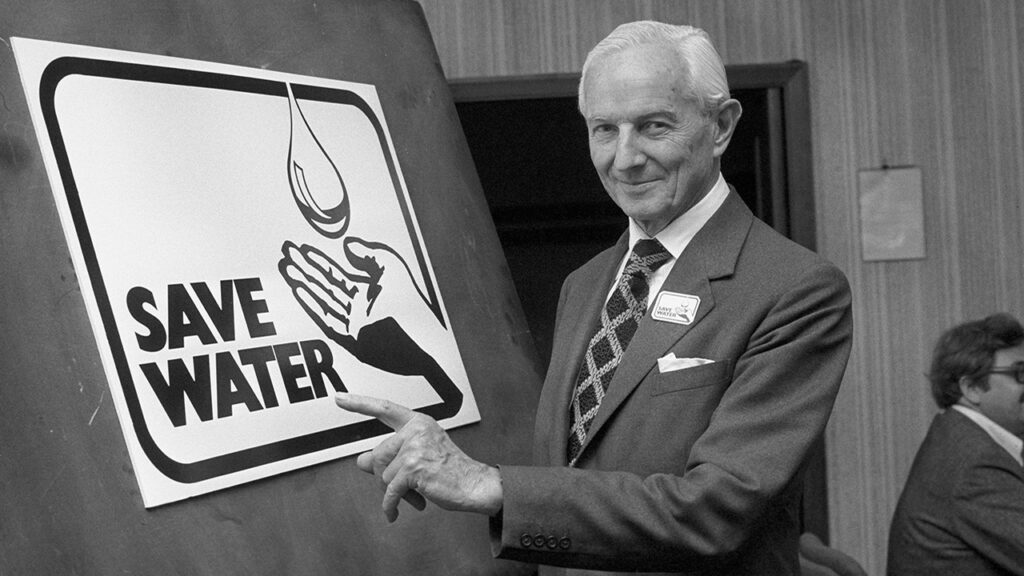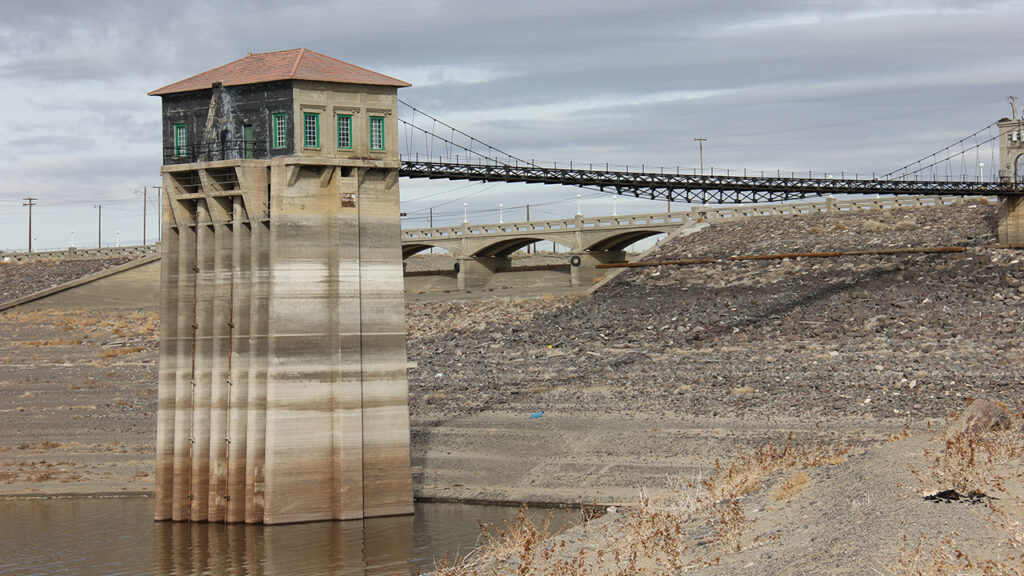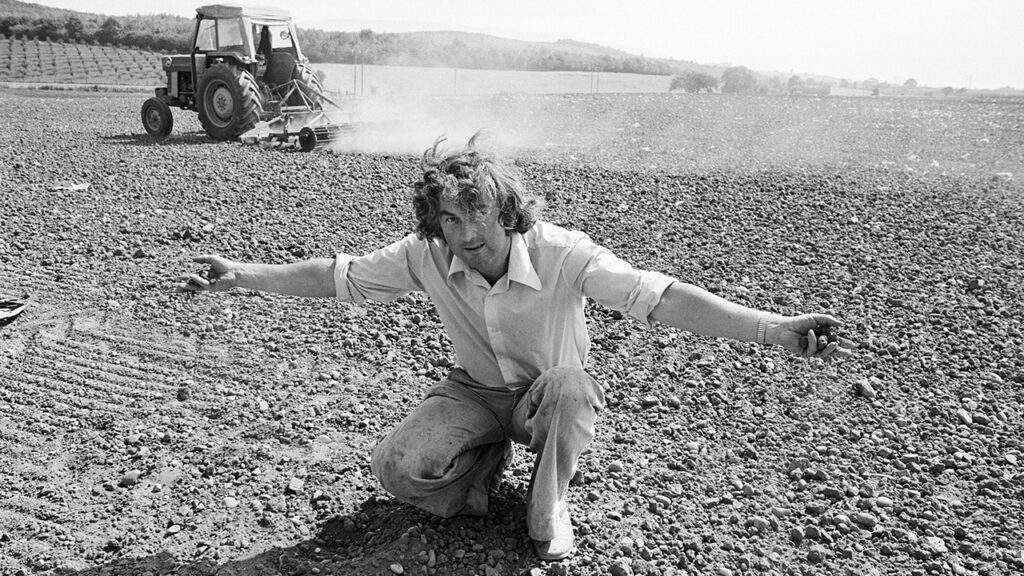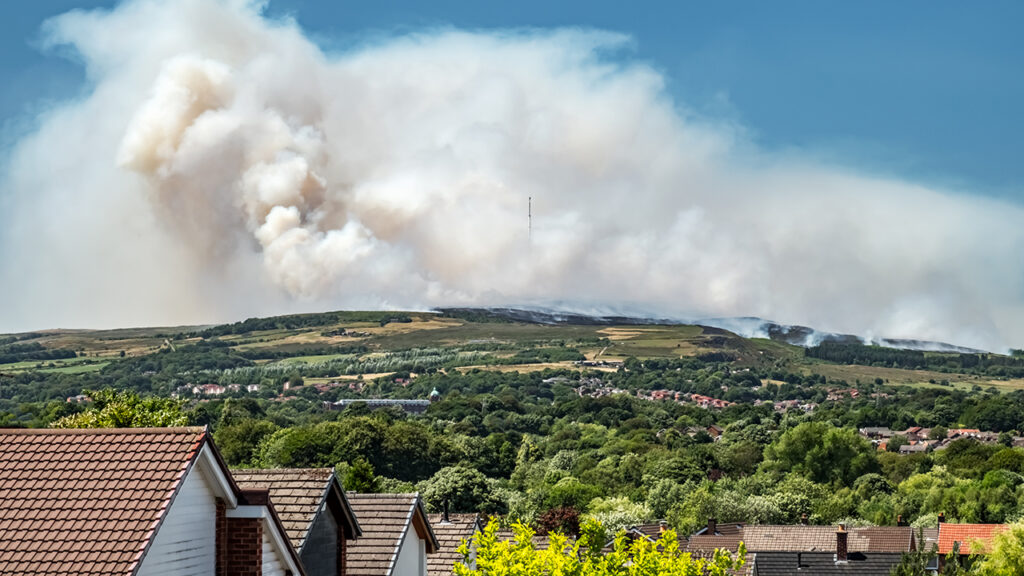
In conversation with Laura Baker: Comparing the UK’s hot summers – 1976 vs 2025
We spoke to climate scientist Laura Baker about the UK’s famously hot summer of 1976 and how it compares to more recent heatwaves and drought, and the weather we’re set to experience in the future.
How does the UK’s summer temperature compare to the hot summer of 1976?
“As we come to the end of the third heatwave of the year, more and more comparisons are cropping up in the media with the infamous hot UK summer of 1976. Despite occurring nearly 50 years ago, 1976 is still remembered as an exceptionally hot summer, due in particular to its prolonged high temperatures. There was a stretch of 16 days above 30 degrees. But what people want to know is how similar 2025’s hot summer, so far, is to 1976.
“The area impacted by the 1976 heatwave had a relatively small spatial extent, with extreme high temperatures in June to August 1976 confined to the UK, France, Benelux, Portugal and northern Spain with the highest temperatures seen in western France. Much of the rest of Europe experienced colder than average temperatures, especially in eastern Europe. In contrast the high temperatures in June 2025 were more extensive, extending further south and east to include the whole of southern Europe and north Africa.
“Looking back a few months to spring, we see a very different picture this year compared to 1976. The spring of 1976 saw temperatures close to average, whereas the spring of 2025 was the warmest on record for the British and Irish Isles, and the second warmest on record for Europe as a whole. In fact, looking more broadly, almost all of the northern hemisphere was warmer than average in spring 2025.”
How does the UK’s summer drought compare to the dry summer of 1976?
“The summer of 1976 had severe impacts on water supply. As a third water board has announced a hosepipe ban for 2025, it is interesting to compare the precipitation data for this year and in 1976.
“In terms of precipitation, the dry weather in June 1976 extended over the whole of north-west Europe, while the Mediterranean region experienced a wetter than average month. In June 2025, the driest weather conditions were experienced in south-east Europe, and north-west Europe wasn’t as dry.
“The driest conditions in spring 1976 were centred over France, and actually the UK had a fairly average amount of spring rainfall. It’s a different situation in 2025, because the driest conditions were actually centred over the UK. The British and Irish Isles experienced one of the driest springs on record. Interestingly, Southern Europe had a wet spring, with heavy rain occurring in March when a series of intense storms caused devastating floods in Spain.”

What made the 1976 heatwave so exceptional?
“What made summer 1976 so exceptional was the severe drought conditions in the UK. These were driven by the previous two winters being dry, and also the previous summer being hot and dry, and this prolonged dry period had a large impact on not only rivers and reservoirs, but also groundwater reserves which build up over longer periods.
“While this year there have now been hosepipe bans announced in three areas of England, the restrictions in public water supply were much more extreme in 1976. In some areas, water supplies to individual houses were switched off and replaced by standpipes in the streets, and in other areas the water supply was restricted to certain parts of the day. These kinds of extreme measures seem unlikely for this year – although it is uncertain how long the dry conditions will continue.”

What will the rest of 2025’s summer be like?
“The next couple of weeks look likely to be more changeable for the UK, with some cooler temperatures and much needed rain likely. However, longer-range forecasts for August show a higher than normal chance of continued dominance of high pressure and hot, dry conditions over the UK and much of mainland Europe.”
What does climate change mean for future summers?
“Summer weather is occurring on top of a warmer background climate because of human-induced climate change. The frequency and intensity of heatwaves are projected to get worse with every degree of warming to the Earth’s climate, and we know that the UK is warming at a rate of 0.25°C per decade. In the next few decades, hazardous hot spells could be three to 21 times more frequent. Heatwaves can be deadly, and we must treat them with enormous seriousness. Climate change is here, and is reshaping our summers. Globally, rapid and substantial cuts to our emissions of greenhouse gases will help to limit the risk of heatwaves.”

What does all of this have to do with ladybirds?
“Apparently very high numbers of ladybirds have been recorded recently due to warm weather and high aphid numbers, meaning the ladybirds have a lot to eat. The last “boom year” for ladybirds was during the hot summer of 1976, and the British Entomological and Natural History Society estimated that 23.65 billion ladybirds were swarming on the southern and eastern coasts of England by late July. It just goes to show how interconnected our weather and climate change are with the natural environment.”

